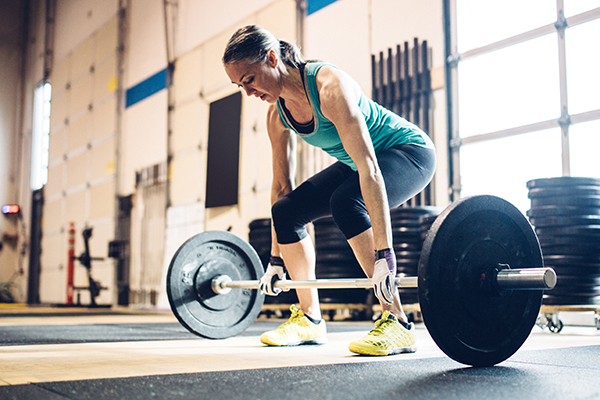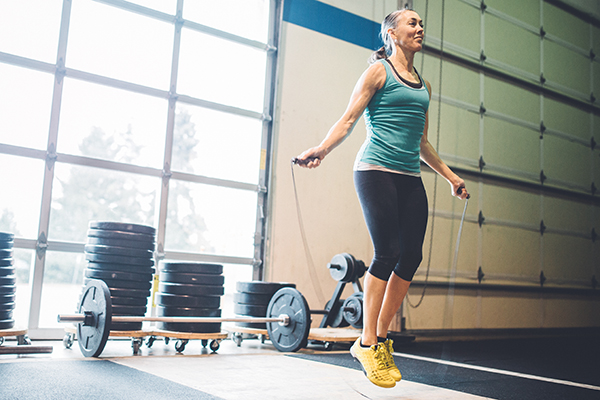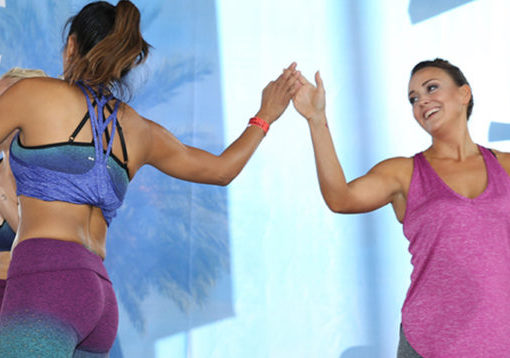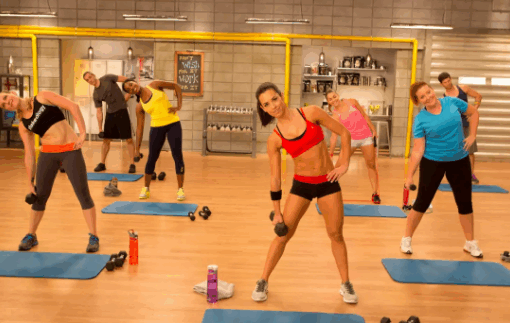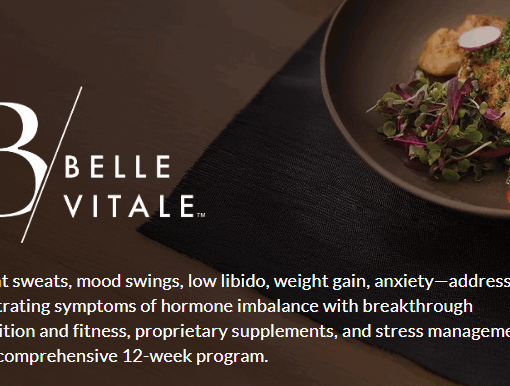Best Types of Exercises for Older Adults
The following 7 exercises for older adults can combat muscle loss and help with strength, balance, mobility, and function for years to come.
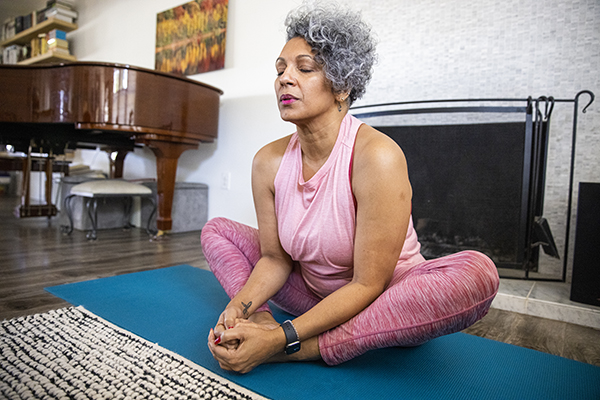
It’s common to have some degree of muscle loss as you age — the process is called sarcopenia, and it starts in your 30s.
“There’s a great deal you can do to preserve muscle and bone strength and maintain your mobility well into later decades,” says Scott Kaiser, M.D., geriatrician, and director of geriatric cognitive health for Pacific Neuroscience Institute at Providence Saint John’s Health Center in California.
“Plus, physical activity brings a wealth of other benefits, including improved mental health, lower risk of chronic conditions, better cognitive function, and stronger heart and lungs,” he adds.
As with any switch in your exercise intensity or routine, it’s crucial to start by talking to your doctor, Kaiser says.
He suggests sharing ideas about the types of workouts you’d like to do, rather than just talking about exercise in general.
What kind of moves might be best as you’re getting older? Here are some of our favorite types of exercises for older adults.
1. Strength Training Exercises
Often, older people tend to focus on endurance exercises such as walking, swimming, or biking.
While those certainly are valuable, strength training can be hugely helpful for combatting the effects of sarcopenia, according to Chad Walding, DPT, doctor of physical therapy and functional movement coach.
He says adding some resistance — even if it’s just your body weight — can do more than build muscles.
Research indicates that doing two or three sessions per week can help preserve bone density, increase muscle mass, reduce weakness, and improve sleep.
For women dealing with menopause-related weight gain, strength training has been shown to boost metabolism and help with fat burning.
The key for people at any age is to build a solid foundation of good movement patterns, says Walding.
That means focusing on form first and load (how much you lift) second.
“It helps to use very light weights [or no weights at all] when you’re beginning, so you get used to the movement and have control,” he notes. “Then you can gradually do just a little more with each workout, and that’s how you get stronger and improve [exercise] capacity.”
2. Jump Rope, Running, and Plyo
Many older people are concerned that high-impact exercises will damage their joints.
That often leads them to focus on only low-impact activities, but joints actually get stronger with strategic load and impact, says Belinda Beck, Ph.D., a researcher at Griffith University in Australia and director of The Bone Clinic, a health service focusing on bone, muscle, and joint health.
“We often hear that you shouldn’t jump when you’re older because you need to protect your joints, but it’s the opposite,” she says. “In our research, we’ve seen significant improvements in joint health when jumping is introduced into a workout mix.”
Jumping rope is a good option, she says, but so is running, plyometrics, and even skipping or hopping in place.
“Just adding this into your activity once or twice a week can have a beneficial effect,” says Beck.
3. Yoga, Barre, and Pilates
In addition to getting stronger and more agile, balance and mobility should be on top of your fitness to-do list, according to Kaiser.
One of the biggest concerns as you get older is falling — not just for the immediate injuries you might incur, but because falls tend to have a ripple effect on your health and are a top cause of disability.
Being able to balance in a better way is important, but another big plus in doing a practice like yoga, barre, or Pilates is that you gain more proprioception — which means an awareness of the position of your body in space.
That can lead to greater overall movement confidence, Kaiser says, and that’s crucial for staying mobile.
